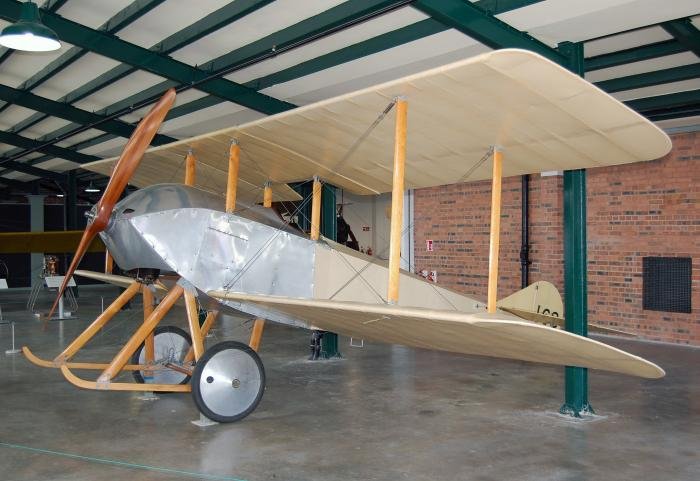On 24 March, the Stow Maries Great War Aerodrome near Maldon, Essex announced that it has acquired the RAF Museum’s Sopwith Tabloid replica and secured funding to cover transportation and rebuilding costs for the machine, which has been in storage at Hendon for several years. The RAFM agreed to meet some of the costs, but Stow Maries needed to find the rest, and launched an appeal to secure the required £2,500 on 13 March. In just six days, the online campaign had exceeded the target and smashed expectations.
Ian Flint, chief executive officer of Stow Maries Great War Aerodrome, says, “With times being so tough for everyone, we never expected such a groundswell of support. Now, the Tabloid will be displayed in pride of place in our Hangar One.”
Built between 1976-80 using original drawings from British Aerospace’s Kingston upon Thames plant by Nottingham-based Rolls-Royce engineer Don Cashmore, the Tabloid took 2,400 hours to build, and made its first flight from Hucknall on 22 June 1980 with Rolls-Royce test pilot John Lewis at the controls. Registered G-BFDE, power came from a converted Continental PC60 ground power unit, and ailerons were substituted for the original design’s wing-warping mechanism. Over the next couple of years the Tabloid was flown in displays at various venues. On 5 July 1981 it was awarded the Airtours Sword as the best replica at the Popular Flying Association’s Leicester rally, but on 18 September the following year it was seriously damaged during a heavy landing, ending up on its back after the undercarriage collapsed. It had notched up 66.35 hours in its logbook, making a total of 134 flights.

Cashmore then rebuilt the Tabloid, converting it to wing-warping configuration, re-covering it, and making provision for the installation of a rotary engine. It was purchased by the RAF Museum during March 1983 and delivered to Cardington, where an 80hp Gnome rotary and an original propeller were fitted. The aeroplane went on display at Hendon in November 1983, before going back to Cardington for a partial re-covering and corrections to the markings. It was finished as Tabloid serial 168 of the Royal Flying Corps, flown by Royal Naval Air Service pilot Flt Lt Reginald L. G. Marix alongside one other Tabloid during a bombing raid on the Zeppelin sheds at Düsseldorf on 8 October 1914. They destroyed the newly constructed Zeppelin LZ25 with their combined total of four 12lb bombs. On the return flight to its base at Antwerp the Tabloid ran out of fuel, Marix making a forced landing near the city before walking back to his airfield.
During 1990 the replica Tabloid returned to Hendon for exhibition in the Bomber Command Hall, until being moved into the Grahame-White Hangar in July 2005. In November 2010 it was relocated into the Grahame-White Watch Office building, but, rather puzzlingly, was removed from display shortly before the centenary of the Düsseldorf raid, and has spent the past few years in storage at Hendon.

